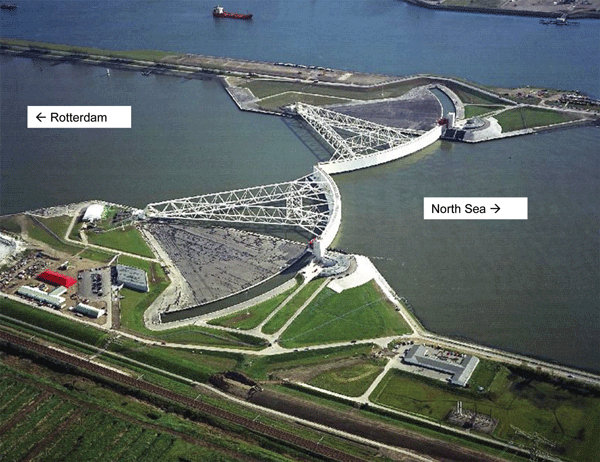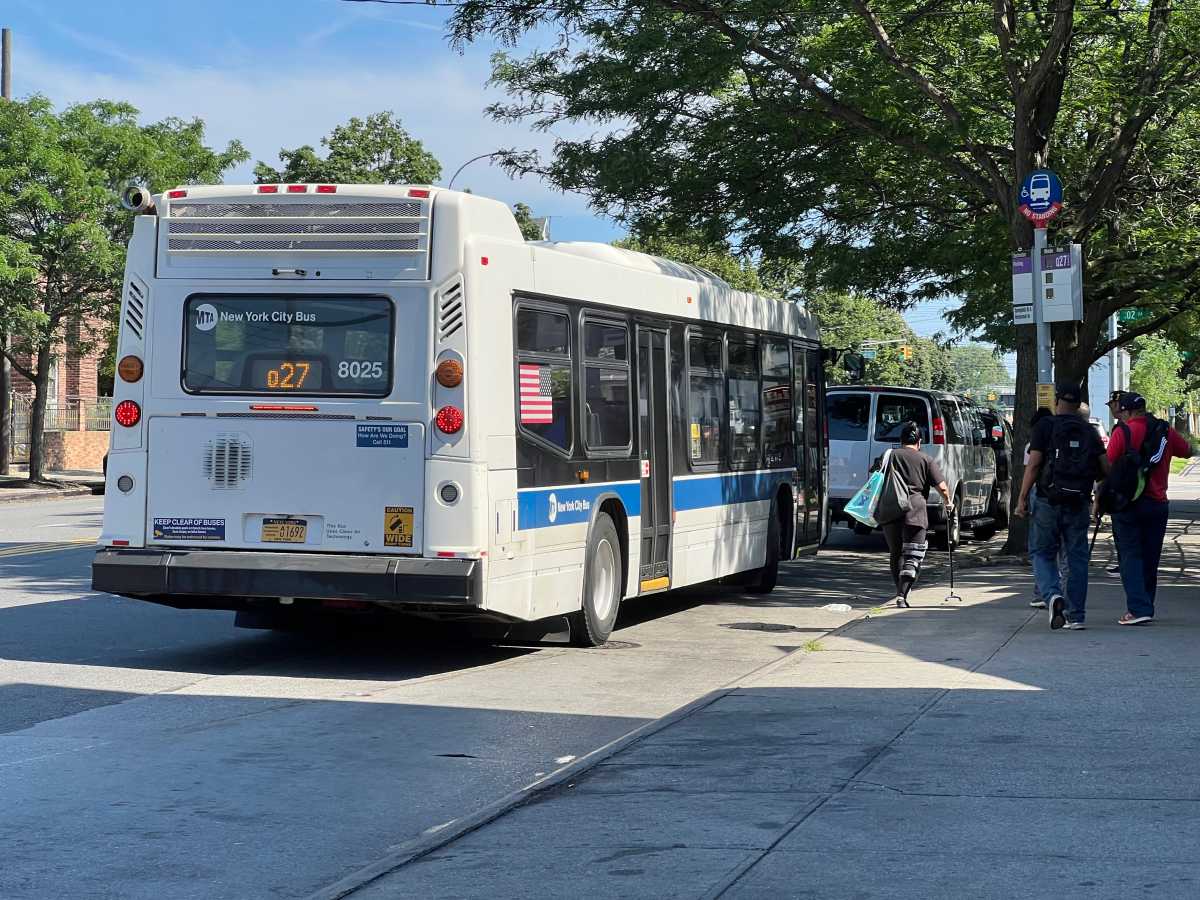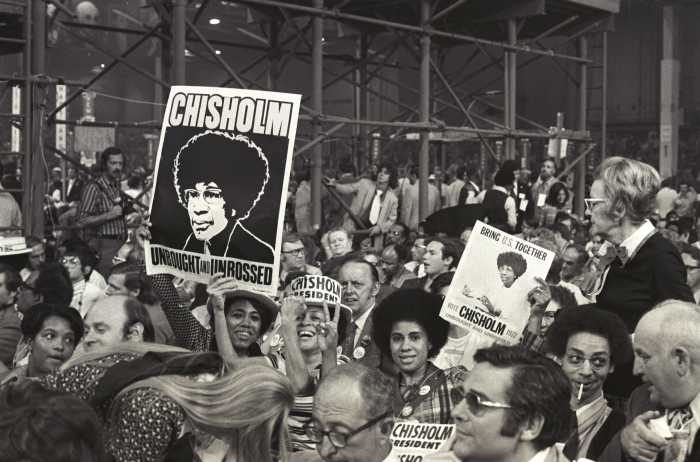BY BOB TRENTLYON | More and more people ask me why Mayor Bloomberg won’t look at building storm surge barriers from the Rockaways to Sandy Hook and at Throgs Neck. I say, “I don’t know. I don’t know. Why we are committed to building more new buildings in the flood plain. Is this a King Canute complex?” One friend whose business is on Warren Street told me he is spending $4 million to make his building secure from flooding. The new Whitney Museum west of the High Line in Greenwich Village will be spending $40 million more due to fear of storms and flooding. A photographer I know who lives west of 10th Avenue lost a lifetime of work in his basement, and is busy spending money to try to seal his building.
On the first two pages of the new opus, “A Stronger, More Resilient NY,” the authors give a definition of “resilient” — and there is a statement by the Mayor saying New Yorkers are TOUGH. I believe that, but then I asked myself, “Are they smart?” If they were smart, then they would realize that they will be spending their own money to shore up their buildings. If they rent, their landlords will raise their rent to cover the cost of making their residences more resilient. If storm surge barriers were to be built then the federal government, the state government, and the city government would be paying the tab and getting a much better result.
What is so wonderful about being tough and year after year suffering from higher tides and more violent storms? The people of London were certainly very tough when the Germans were bombing them every night during the Second World War and they had to sleep in the subways — but when they had a major storm in the last century, they decided to build storm surge barriers across the Thames to safeguard Central London. No water has come into Central London since. The London Environment Agency is constantly strengthening London’s embankments with their 50-year plans.
You want smart? For every one pound of cost, there is a cost benefit ratio of 164. How about the people of St. Petersburg, which was named Leningrad during World War II? They certainly were tough. They fought off the Germans at unimaginable losses to the civilian population. Last year they completed their storm surge barriers across the Neva River Delta and the North Sea. This year was the first in over 300 years with no flooding in St. Petersburg.
We are using the Army Corps of Engineers consistently on small projects. Let us stop the patchwork that we are engaged in and adapt a regional plan. I can see us slowly using up all the $60 billion that the federal government has promised us after Sandy, and not doing the major projects that will protect us for the next 50 to 100 years.







































